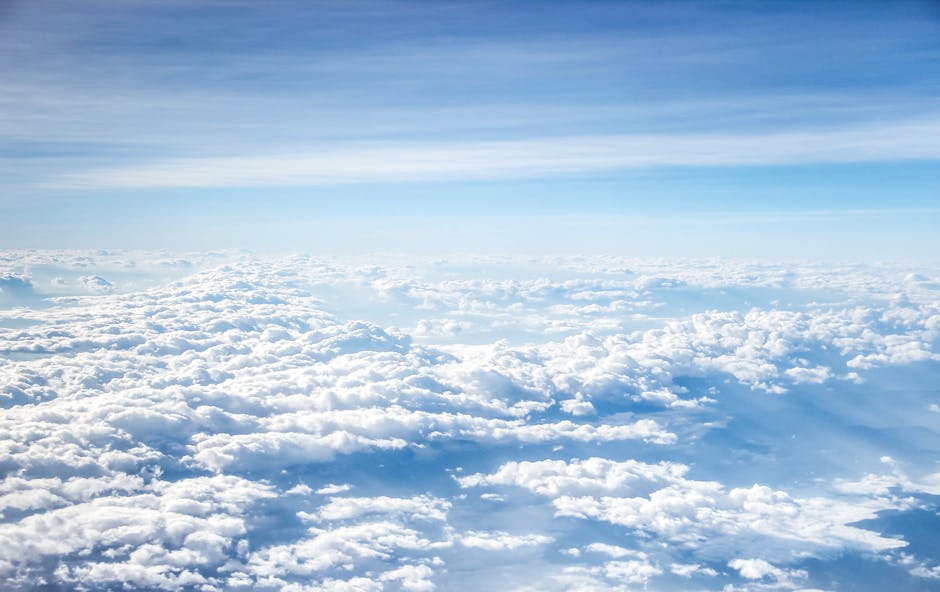Overview
China’s Air Quality Standards not only include different timelines for certain metropolitan areas (in order to address areas where pollution is a more pressing issue) but also divides standards into classes: Class 1 applies to special regions (including national parks) and Class 2 applies to all other areas. Nationwide implementation of the current standard (see below) was completed in 2016.
Standard type
Ambient air quality standard
Regulating Body
Ministry of Environmental Protection
Current Standard
GB 3095-2012, phased-in 2012-2016
Categories
History
Ambient air quality has been regulated in China since 1982, when initial limits were set for TSP (Total Suspended Particulates), SO2, NO2, lead, and BaP (Benzo(a)pyrene). In 1996, the standard was both strengthened and expanded from 1982 levels under National Standard GB 3095-1996. In 2000, the standard was updated with less stringent limits for certain pollutants (MEP Announcement [2000] No. 1). In February 2012, China released a new ambient air quality standard, GB 3095-2012, which sets limits for the first time on PM2.5. The new standards took effect nationwide in 2016, but many cities and regions in China were required to implement the standards earlier than the national timeline, as follows:
- 2012: Key cities including cities in Beijing-Tianjin-Hebei, Yangtze River Delta, and Pearl River Delta regions, and provincial capitals
- 2013: Key environmental protection cities
- 2015: All prefecture-level cities
- 2016: Nationwide implementation
In parallel with GB 3095-2012, a new Air Quality Index (AQI) definition was also released. The new AQI, which for the first time includes both PM2.5 and ozone, is specified in HJ 633-2012. It replaces the old Air Pollution Index, API. In September 2013, the State Council issued the “Air Pollution Prevention and Control Action Plan,” which mandates 15-25% PM2.5 reductions in key cities and 10% PM10 reductions in all other cities by 2017 vs. a 2012 baseline.
Technical Standards
China’s current air quality standards include two classes of limit values. Class 1 standards apply to special regions such as national parks. Class 2 standards apply to all other areas, including urban and industrial areas. Earlier versions of the standard included a third class – special industrial areas – but this class was eliminated in the 2012 standard.
GB 3095-2012
The following table presents the current ambient air quality standards in China, as specified in GB 3095-2012. These standards were phased-in beginning in 2012 for some cities and by 2016 for all cities nationwide. Again, the Class 2 standards apply to urban areas.
| Pollutant | Averaging time | Limit | Unit | |
|---|---|---|---|---|
| Class 1 | Class 2 | |||
| SO2 | annual | 20 | 60 | µg/m3 |
| 24 hours | 50 | 150 | ||
| hourly | 150 | 500 | ||
| NO2 | annual | 40 | 40 | |
| 24 hours | 80 | 80 | ||
| hourly | 200 | 200 | ||
| CO | 24 hours | 4 | 4 | mg/m3 |
| hourly | 10 | 10 | ||
| O3 | daily, 8-hour maximum | 100 | 160 | µg/m3 |
| hourly | 160 | 200 | ||
| PM10 | annual | 40 | 70 | |
| 24 hours | 50 | 150 | ||
| PM2.5 | annual | 15 | 35 | |
| 24 hours | 35 | 75 | ||
| Pollutant | Averaging time | Limit | Unit | |
|---|---|---|---|---|
| Class 1 | Class 2 | |||
| Total Suspended Particles (TSP) | annual | 80 | 200 | µg/m3 |
| 24 hours | 120 | 30 | ||
| NOx | annual | 50 | 50 | |
| 24 hours | 100 | 100 | ||
| hourly | 250 | 250 | ||
| Lead (Pb) | annual | 0.5 | 0.5 | |
| seasonal | 1 | 1 | ||
| Benzopyrene (BaP) | annual | 0.001 | 0.001 | |
| 24 hours | 0.0025 | 0.0025 | ||
Links
Regulatory Documents
- GB 3095-1996, current nationwide standard
- MEP Announcement [2000] No. 1 (revisions to GB 3095-1996)
- GB 3095-2012, future standard phased-in 2012-2016
- HJ 633-2012, AQI definition
- September 2013 State Council “Air Pollution Prevention and Control Action Plan”

